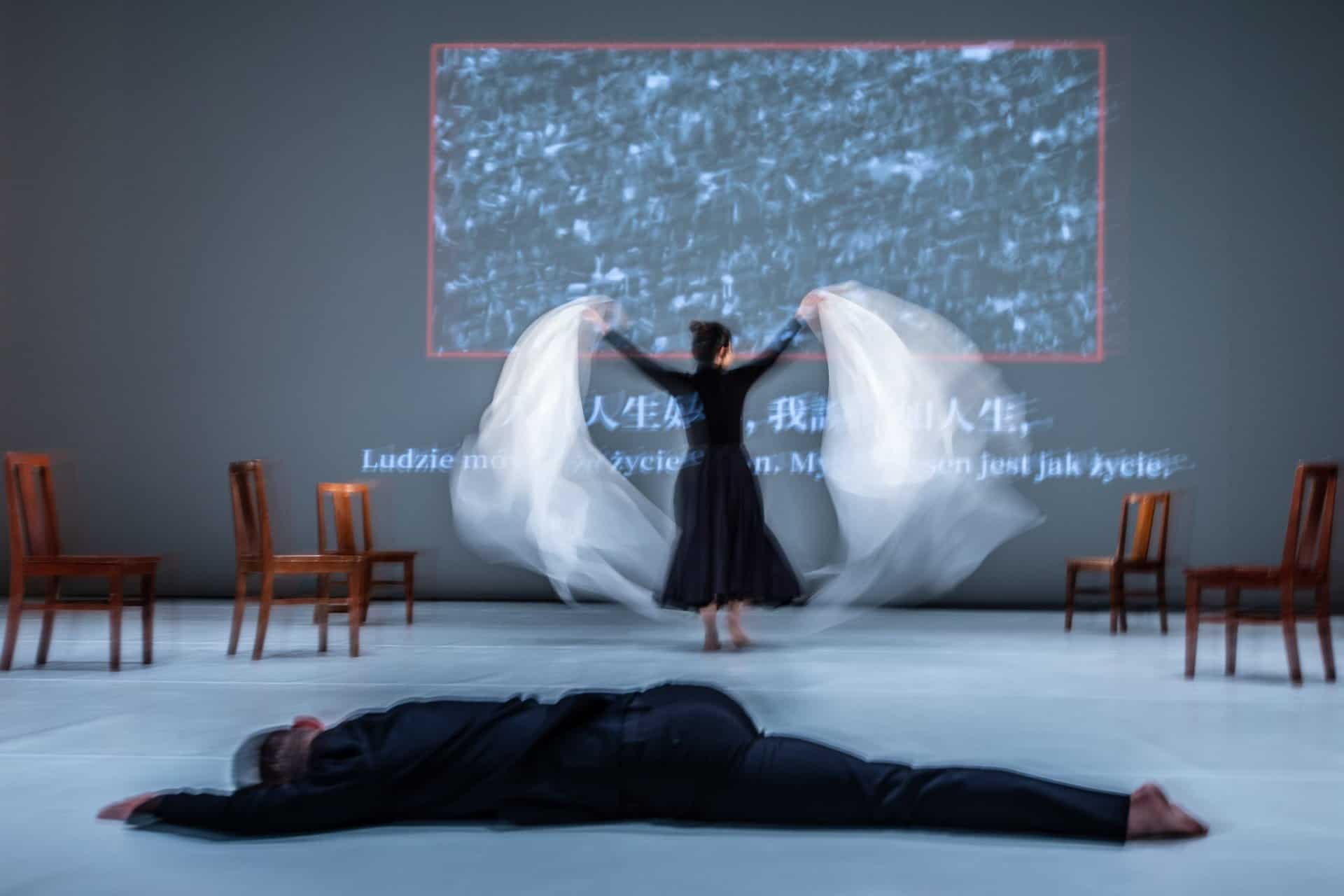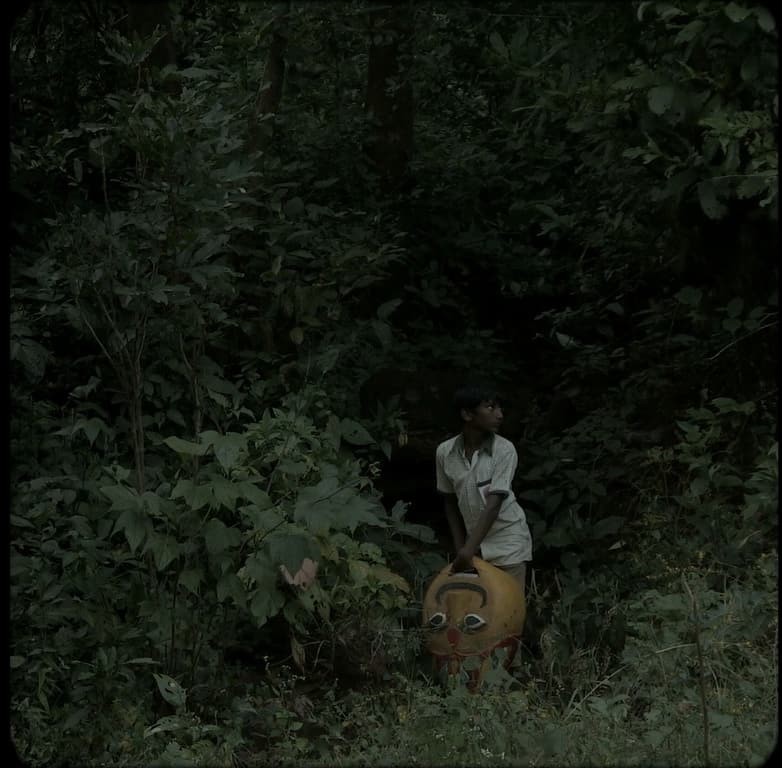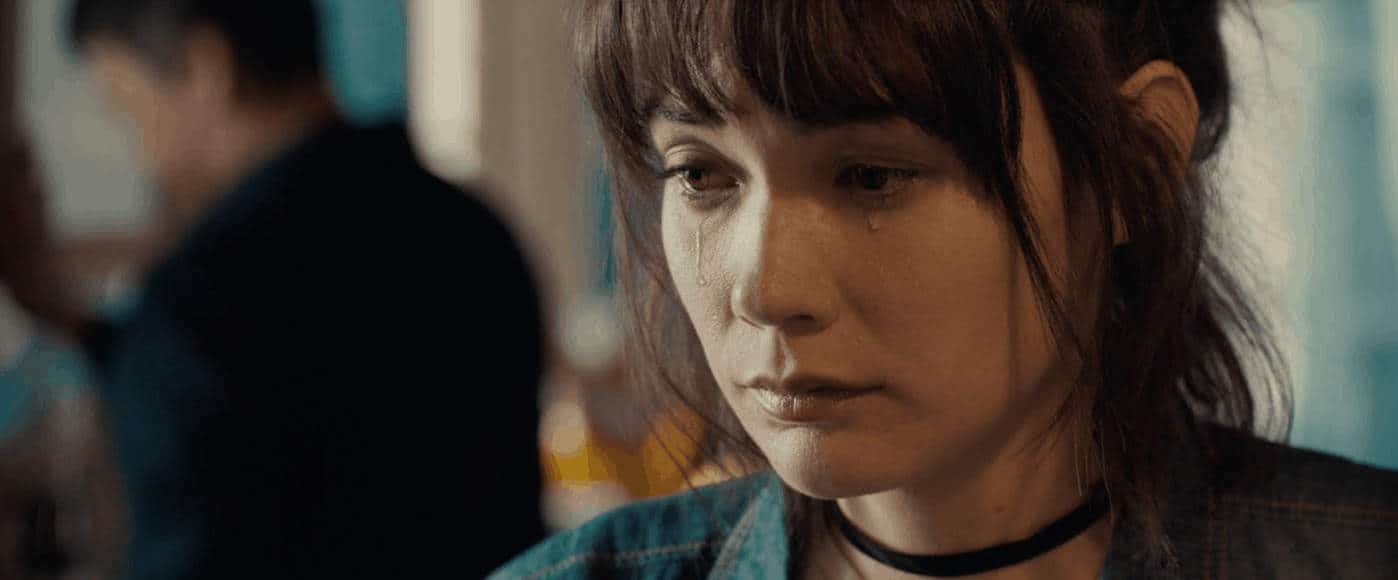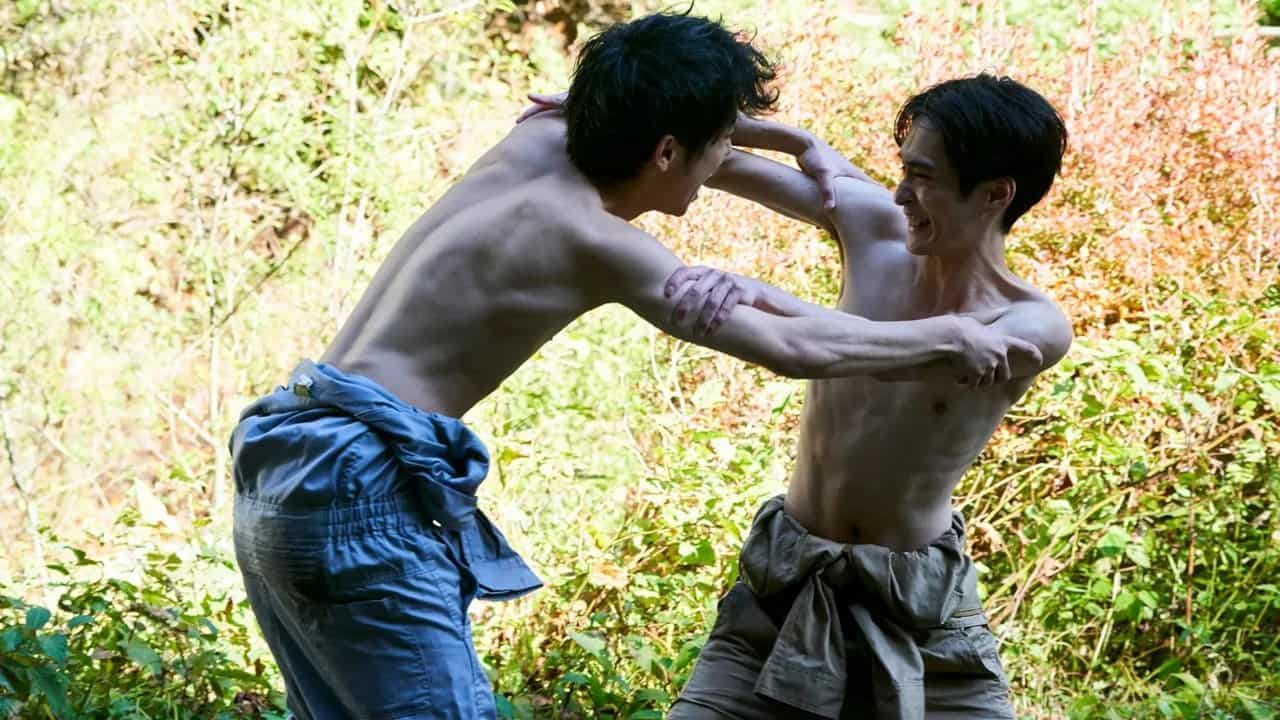Based on scene 10, titled “Interrupted Dream” of the Tang Xianzu play “Peony Pavilion”, the homonymous stage play actually uses the original in order to move in a number of directions, in a rather experimental work that retains its audiovisual artfulness from beginning to end.
“Interrupted Dream” at Inland Dimensions

*The review was written after watching the play twice, a Q&A and an interview with director Danny Yung, as well as extensive talks with a number of the members of the troupe.
The play begins with the actors dressed in black sitting on chairs, while a big screen behind them is showing footage from the 2019 Hong Kong protests. The red line, which dominates the narrative through the drama's duration actually, makes its first impressive appearance here, eventually through the now widely recognizable squares around the faces of a number of protesters, in an obvious reference to the “Big Brother” concept, which states that people are always being watched by a “higher authority”.
The red line continues appearing, used as a metaphor for the concept of boundaries, for which the director mentioned that he is always aware of, but not always feels restricted by them.This last aspect is portrayed in one of the most memorable aspects of the play, with the continuous falling beyond the “line” and the subsequent getting back, being as shocking as it is quite poignant in its presentation.

At the same time, the appearance of a figure in a white, barock dress that also fosters a mask, is revealed to be the personification of Louis the XIV, whose interest in orientalism connects him with the Chinese roots of the script, and subsequently, Asia with Europe (as the particular show took place in Gdansk, Poland). At the same time, the dancing of Martin Choy Yu Tin, emerges as another of the most impressive moments of the drama.
A moment where the music changes completely and the movements of the actors become rather faster adds a very welcome change of pace, while intensifying the tension that permeates a large part of “Interrupted Dream”'s duration. Helen Kwok Hoi Yan's rather appealing dancing under a 60s Chinese song once more changes the aesthetics of the play, while also highlighting Danny Yung's attention to detail, when the phrase “In a split second, you're happy and excited” is combined with a very fitting motion by Kwok, in yet another great moment here. Lastly, the inclusion of traditional Chinese Kun opera by Xiao Xiangping, who had a completely different role in the drama that far, adds the final brush to a true celebration of art in all its forms.

Truth be told, the symbolism, and the different elements here (Chinese characters on screen, videos of waves, abstract mentions to the Chinese opera through chairs and a table etc) are too many to be presented in a single article, since every scene seems to thrive on them. The resulting combination however, and the whole audiovisual approach that reminds of a black-and-white film while mixing maximalism and minimalism as witnessed in Twinny Cheng Yun Lien and Lo Sing-chin's costumes, is a true wonder to watch, in a work that reminds captivating from beginning to end, and words barely do it any justice.
And to close with a personal comment, “Interrupted Dream” made me think that experimentation seems to fit theater much more than cinema.
















